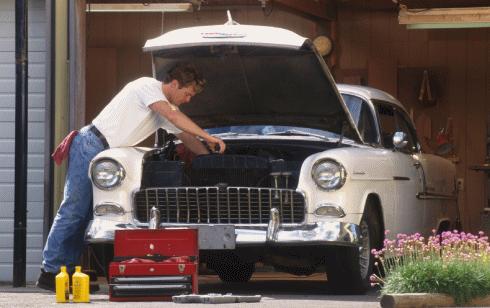Content from MSN Money
by Liz Pulliam Weston
If you’re looking for a deal on a reliable used car, especially on an SUV or minivan, you might be surprised by how difficult your search could be. And, believe it or not, a new car might be a better buy – used-car prices are on the rise!
After crashing along with the economy in 2008, used-car values have been marching steadily higher. In August, the average cost of a 3-year-old used car was 20% more than two years earlier, and some models have soared 30% or more in just the past year.
According to Edmunds senior analyst Jessica Caldwell, the worst is yet to come. Autumn 2011 will mark three years since the credit crunch really hit the car manufacturers, many of whom sharply reduced or eliminated their leasing programs.
“We see (prices) getting really high next fall,” Caldwell said. “A big portion of the used market is cars coming off leases, and those won’t be there.” Not only has the supply of leased vehicles been drastically reduced, but people are hanging on to their cars longer, further constricting supply, Caldwell noted. Before the recession, the average trade-in age for vehicles was between four and five years. Now it’s between five and six years.
As Automotive News recently noted: “This snowball effect is just going to get worse as first 24-month cars, then 30-month cars, then 36-month, then 40-month cars don’t come back as trade-ins — because they were never built and bought in the first place.”
Carmakers also have retooled their production to meet lower demand, which means they’re not forced to offer those eye-popping deep incentives to move vehicles off the lots — incentives that tend to push down prices of used models as well.
All this adds up to higher prices despite lower demand.
Caldwell, for one, doesn’t see a turnaround in this situation anytime soon. Goosing the supply of used cars would require more sales and leases of new cars, and that would require a whole lot more consumer confidence than she’s seeing now.
So what’s a prudent person to do in the meantime? You could:
Wait it out: Economies are cyclical. At some point, ours will improve. If you like the car you’ve got and take good care of it, you may not have to look for a replacement until the supply of used cars has improved.
Replace your car now: If you were planning to get another car in the next year or so, doing so sooner rather than later may save you money — particularly if the car you’re after is a large SUV, a luxury car or a minivan, which have seen greater-than-normal up-ticks in price recently.
Consider orphaned models: If you want maximum resale value, you typically avoid models that have been discontinued because their prices tend to plummet. But if you’re looking to drive a car until the wheels fall off, then you’re more likely to find bargains among the castoffs. (Anything from Mercury, Pontiac and Saturn — recent casualties — might be a good bet.)
Consider new: There are several models of new cars with incentives that make them as cheap or even cheaper than their 1-year-old versions.
“The professional success of DriveWise Auto is rooted in our passion and follow through. These qualities gave us the ability to create DriveWise Auto, a company that now allows us to cultivate and combine our personal and professional strengths, philosophies, visions and philanthropic standards. We demonstrate these qualities on a daily basis, which compels our clients to assist us in the growth of our business and the pursuit of our success.” – DriveWise Auto Founders, Adam Slobin and Bryan Weissman






